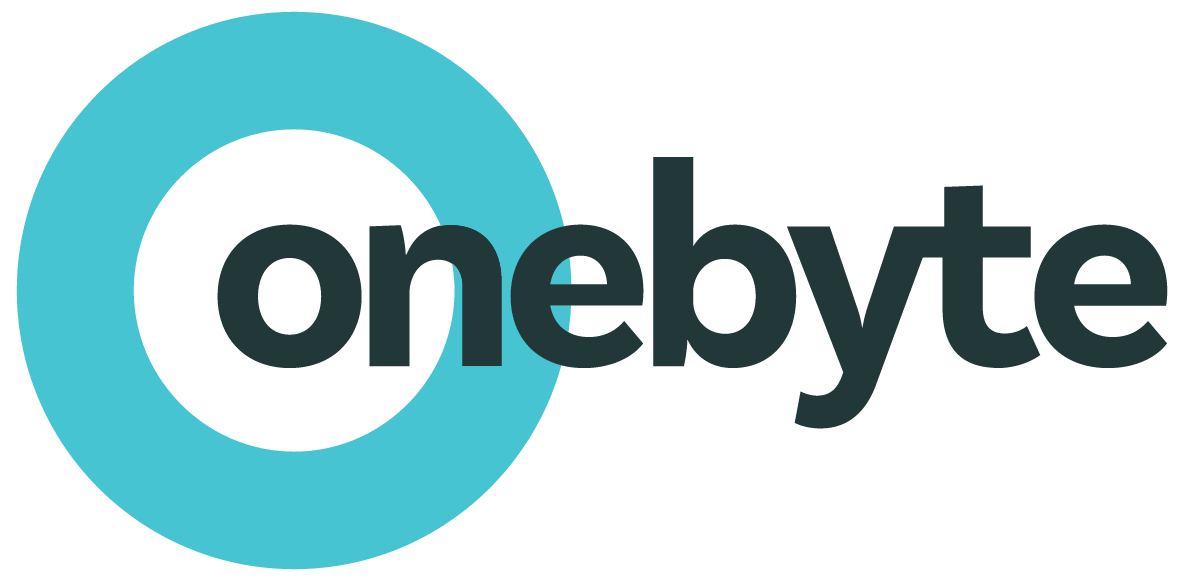Covid-19 has caused unprecedented problems to people all over the world and this is no different for businesses. The change to remote working has forced a new era of business functionality, owners are waking up to the capabilities that technology can have in ensuring continuity of business when something unforeseen and out of your control stops you from trading normally.
One of the main bedrocks of modern technology is the computing concept, referred to as ‘the cloud’. For those that do not know the intricacies, the cloud is any application, database, or storage repository, which is physically hosted elsewhere, (typically on IT infrastructure outside of your direct ownership and control) and is accessible as a paid-for service across the internet.
The possibilities the cloud offers are many, most appropriate of which – with today’s the most common working environment being the dining room table – is the ability for employees to work when and where they see fit, as long as they have an internet connection. The success of remote working has a great deal to do with the abilities of the array of applications and services available within the cloud.
So, you’re considering a migration to the cloud, but you don’t know how to do it or what to consider to ensure you get the things you want and need for the right cost. Remote working considerations – combined with cost, ease of use, flexibility, and a multitude of other factors – should affect your decision. Let us explore one of the most important now, the cost (or lack of, in this case).
Cost Considerations
What are you getting for your money? Is that a good price? Am I making the right decision? All valid questions to be asking yourself. It is not as simple as buying the cheapest package and you are done; there is much more to ensure you get an effective, tailored cloud infrastructure.
To understand the pricing model differences between the typical cloud offering, and a traditional IT setup, you firstly need to consider which financial model – whether OpEx, (Operational Expenditure) or CapEx, (Capital Expenditure), best suits your cash flow and business needs.
Owning your own IT (CapEx)
The way in which businesses have been functioning traditionally, is through ‘on-premise’ IT – purchasing your own IT infrastructure outright as one large CapEx.
This method of delivering IT does not cater easily to scalability for the future flexible needs of the company – whether scaling up or down. If your business experiences a spell of exponential growth, there is little chance your IT could keep up.
Despite being a one-off purchase, technology has a lifespan and upon reaching the end of that serviceability life – you will again have to experience that large capital cost to replace all of that outdated IT infrastructure. In most SMEs, this lifespan can typically be around 5-7 years, depending on the nature of the IT equipment and software in use.
That said, should your operational demands flex beyond the limits of that pre-existing IT infrastructure, its lifespan could be reduced considerably further. Or, you could predict your future potential growth and invest further in infrastructure that offers scope for scalability, which is presumptive on you achieving your plans – should your demands to scale be not as planned, you will have over invested in technology that has a fixed shelf life, or exceed your expectations and you will still have technology that holds you back.
While technology is constantly improving, having purchased your own IT infrastructure outright, you will almost immediately be operating on outdated platforms. Only by entirely replacing these systems at a later point, will you have the opportunity to catch-up and acquire the latest iterations of the hardware and software that you need.
Paying for IT as you need it (OpEx)
Those businesses that choose to pivot their IT to the world of cloud services instead, are able to benefit from the flexibility that comes from their IT spend being an OpEx, as opposed to one large CapEx – meaning it is more affordable as payments are made on a monthly basis.
Comparative to a CapEx investment in IT, the IT services provided from the cloud offer flexibility and scalability – at a moment’s notice; no longer are you tied into the limits and capabilities of the system on day one.
Whilst paying for your monthly plan, you are essentially paying for access to a service, and not for the infrastructure or static specification of the IT – as with owning your own IT infrastructure. Access to updates of the latest software features and capabilities will be automatic and will not affect the running of the business.
Cloud computing can take your business to new heights of security, and productivity, with an ever-evolving range of features and advantages, all in a more cost-effective way than more traditional methods.
Need help to migrate to the Cloud the right way?
Onebyte is an IT service provider that specialises in providing strategically aligned, compliance-driven, managed IT services to SMEs in London, Norfolk, Suffolk, Essex and Cambridgeshire.
Onebyte can support your smooth transition to a tailored cloud infrastructure that is right for you. We provide strategically aligned managed IT services to businesses of all shapes and sizes across the country.
Finding the right Cloud infrastructure and IT support is guaranteed to enhance your remote working for now and the future. Contact us today!

